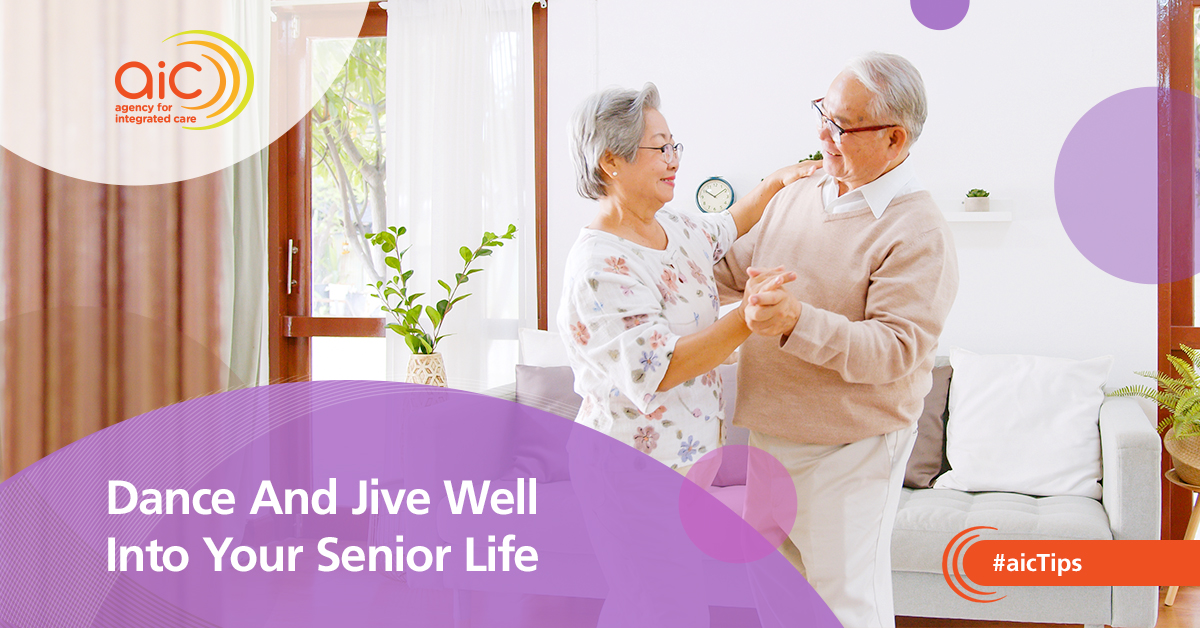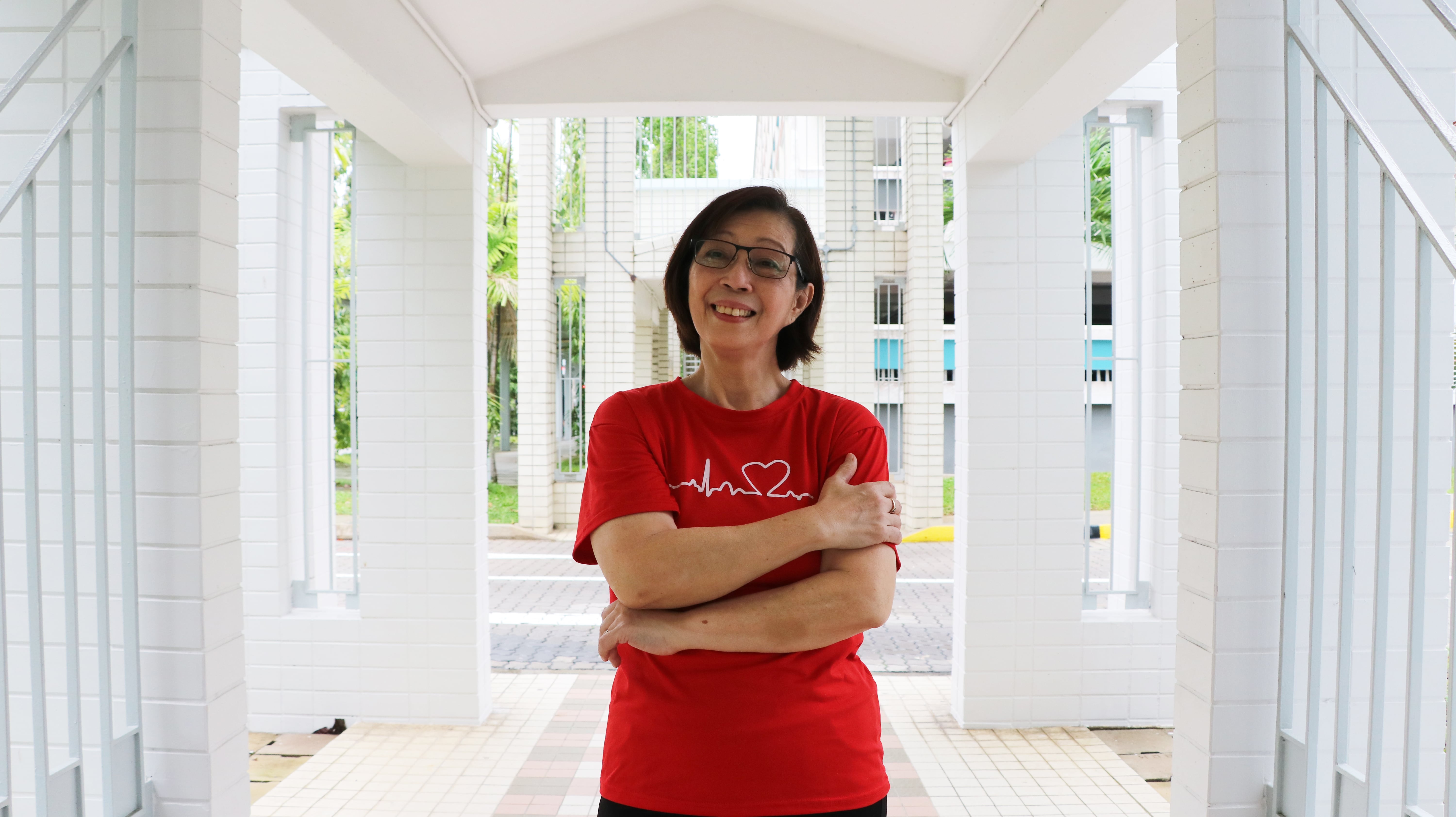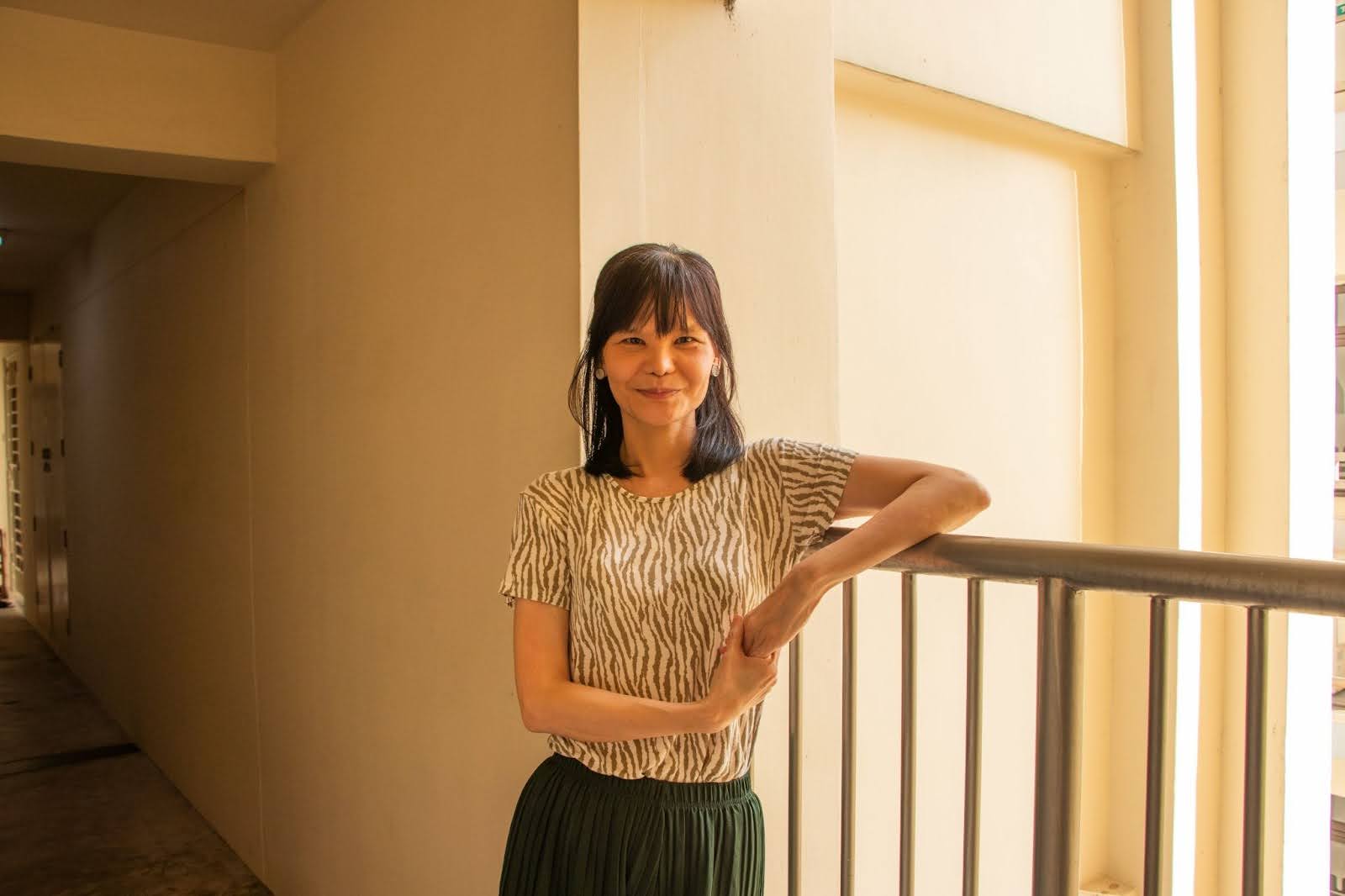
Every generation has its unique dance style, from the Swinging ’60s to modern-day hip-hop. To many older folks, their days on the dance floor may be considered something they are “too old” to relive. But what you may not know is that grooving to the music is and should be considered a form of exercise to do as we age.
Moving The Brain And Body
Combining both physical and mental activity, dancing can benefit seniors in many ways. The three main improvements in the senior's well-being include Physical, Mood, and Cognition.
- Physical: It can improve coordination, balance, spatial awareness.
- Mood: It can lift your mood, and boost confidence.
- Cognition: It can improve their long-term memory. Most significantly, it regenerates brain cells and extends their lifespan, keeping their minds active. This is especially true for seniors who participate in long-term dance programmes that require constant cognitive and motor learning.
Dancing can support the intellectual, emotional and motor functions of the body. Studies have also indicated that dance can play a role in slowing down Alzheimer's disease and dementia.
When seniors memorise choreography, match movement to music, and coordinate different body parts, they exercise both their body and brain. The best part is dancing is something that can be easily incorporated into our daily routines, and can be done both at home, or in an activity centre.
| Dance Therapy For Persons Living With Dementia
Dance Therapy, the psychotherapeutic use of movement and dance to support intellectual, emotional, and motor functions of the body, may see more interest from Singaporeans who seek novel ways to help their loved ones with Alzheimer’s disease or dementia. These cognition conditions are on the rise: More than 86,000 Singaporeans above the age of 60 have dementia, and 56,000 have Alzheimer’s. The number of patients is set to grow alongside Singapore’s rapidly ageing population. |
How To Start Grooving
Whether you prefer the fast movements of tango and salsa, or the simpler steps of square dancing, there are styles of dance for everyone. Beginners should start dancing with slower beats and movements before transitioning to faster music.
Many of these styles can also be modified to suit each person. For example, dances such as the waltz, line dance, and foxtrot can also be adapted for seniors requiring mobility aids.
Dancing regularly at least twice a week increases the effectiveness of dance as therapy.
What Should I Look For In A Dance Class That Will Suit Me?
|
Check out these simple dance you can try at home!
If you are looking to enrol into a dance class, you can visit OnePA for their list of courses available. For stay home option, look up online and you’ll find many free tutorials for you and your loved ones to try out. Find the class that best suits your needs and remember to stay safe even when you are grooving to the music!
The article and videos were contributed by Suzuran Schnyder (Student, Singapore American School) and the information therein supported by Dr. Judy Sng, Ph.D (Senior Lecturer, Department of Pharmacology, National University of Singapore).








